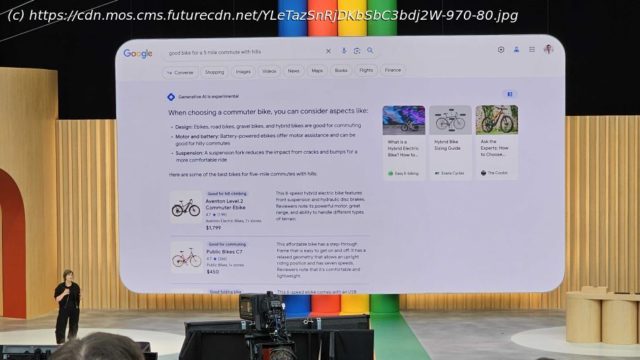Google’s latest showcase of AI features an all-encompassing glimpse of a mundane future – and masks serious concerns about the actual use of these tools.
Google showed off its most comprehensive plans for the future of AI yet at the Google I/O keynote. The company’s answer to the ongoing AI gold rush? Put AI integration into literally everything.
Google’s I/O keynote presentation lasted two hours; one hour and a half of which was dedicated to showcasing a litany of AI integration in the brand’s search engine as well as the widely-used Google Workspace apps. The other half an hour, almost as an afterthought, was dedicated to the new Google Pixel Fold, Pixel Tablet, and Pixel 7a devices. During the event I found myself oscillating between thoughts of “that’s cool” and “that’s potentially useful” to “yeah, won’t be used”.
It seems that Google has adopted a see-what-sticks tactic with its AI integration, a method that’s sure to lead to some useful gems but also bloatware, feature creep, and half-baked ideas that will likely end up abandoned. It’s going to be interesting to see which become mainstream, and I have a strong feeling it’s the more mundane additions that will make the cut in the long run.AI is about to flood our screens
The Google I/O presentation was replete with examples of its soon-to-be ubiquitous integration with search and other Google apps. Some notable mentions included demonstrations of Google Bard’s integration into search and Google Sheets, some potentially handy generative features for emails in Gmail, and some quite frankly bonkers photo editing tricks for Google Photos. All good stuff – potentially.
There were, of course, a couple of stinkers too. One example that immediately comes to mind is a weird section where we watched a Google exec generate clipart of a pizza fondue in Google Slides – first as a cartoon, then in a photorealistic rendition.






